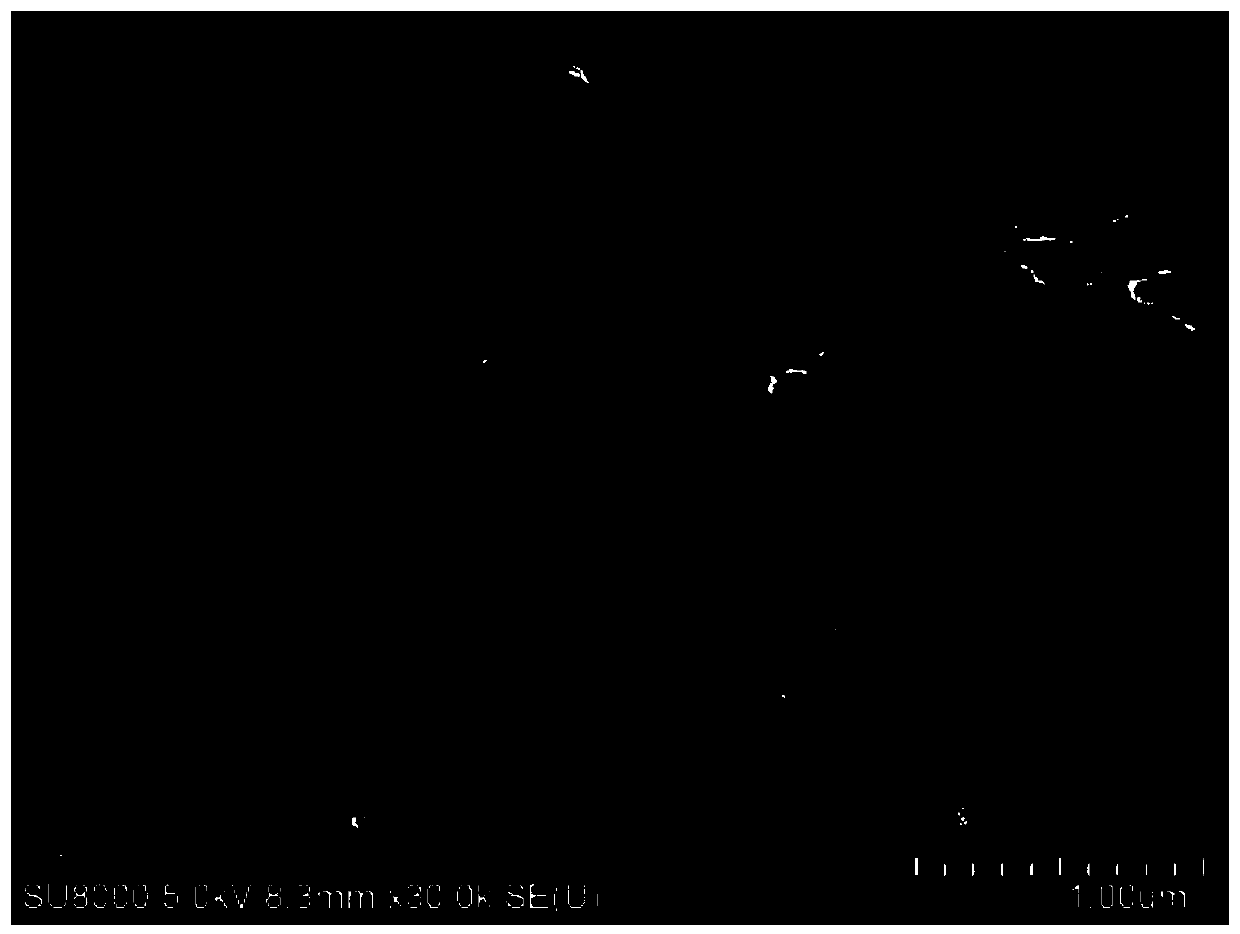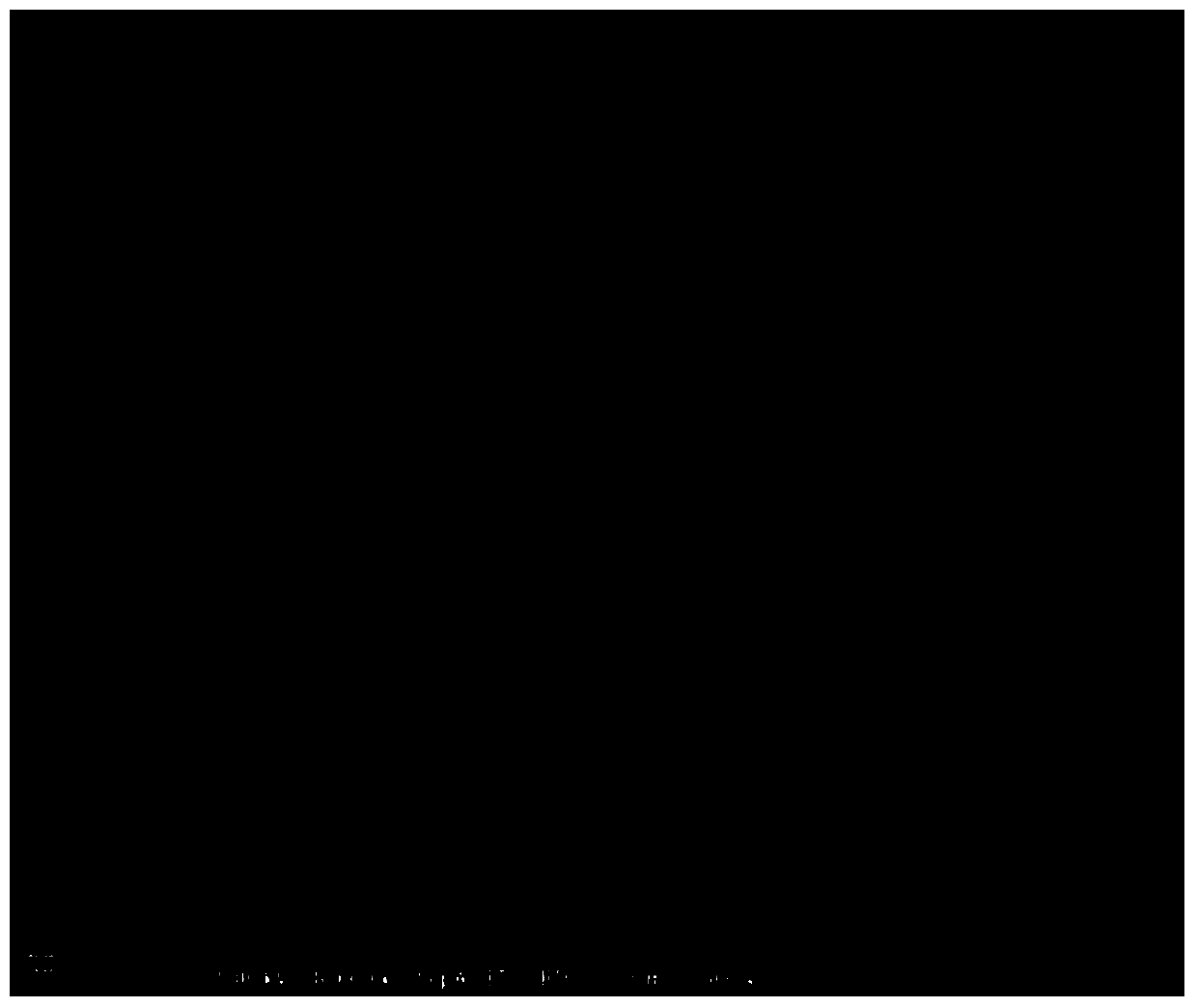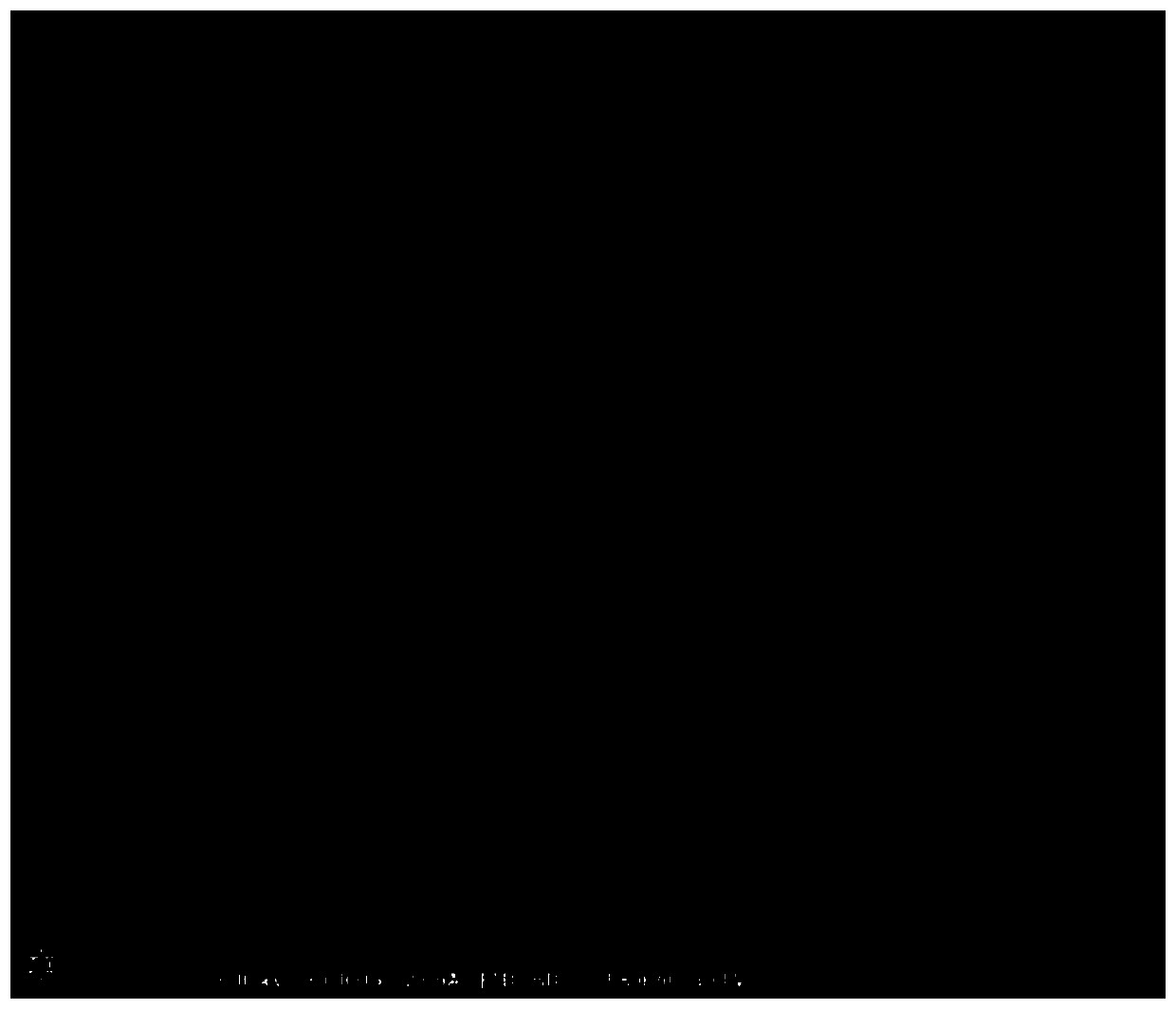Preparation method for filamentous vinylidene fluoride polymer composite coated diaphragm
A vinylidene fluoride and polymer technology, which is used in the field of preparation of filamentous vinylidene fluoride polymer composite coated separators, lithium batteries, and filamentous vinylidene fluoride polymer composite coated separators, can solve the problem of easy powder removal and separators. Problems such as plugging pores, permeability, unfavorable lithium ion conduction and cycle performance of lithium batteries
- Summary
- Abstract
- Description
- Claims
- Application Information
AI Technical Summary
Problems solved by technology
Method used
Image
Examples
preparation example 1
[0077] Preparation Example 1: Preparation of ceramic diaphragm:
[0078] 1. Mix 15 parts of styrene butadiene rubber with 50% solid content and 37 parts of DI water, stir at 25°C and 500rpm for 20 minutes; add 80 parts of alumina and 100 parts of thickener (5% CMC premixed aqueous solution), 25°C Stir at 1500 rpm for 1.5 hours to obtain a ceramic slurry with a solid content of about 40%.
[0079] 2. Coat the ceramic slurry on one side of the 9μm polyethylene base film at a coating speed of 50m / min. After drying, a ceramic diaphragm is obtained. The thickness of the ceramic layer is about 3μm.
Embodiment 1
[0081] 1. Mix 8 parts of PVDF, 5 parts of aramid and 100 parts of DMAC uniformly, stir to dissolve, then add 15 parts of polyglycerol, mix and stir evenly to obtain PVDF slurry.
[0082] 2. Coat the PVDF slurry on the ceramic layer of the ceramic coating film obtained in Preparation Example 1 and the other side of the base film, and then pass through a pore-forming cell containing 0.1% polyoxyethylene alkylamine and 5% MMAC, and the temperature of the pore-forming cell 50℃, the pore-making time is 10s; then it enters into the extraction cell with a temperature of 50℃ and pH=8, and the extraction time is 1min.
[0083] 3. After the pore-forming extraction, the diaphragm is sequentially dried in a three-section oven at a temperature of 45, 60, and 50 ℃, and then wound to obtain a filamentary PVDF composite diaphragm.
[0084] The SEM topography of the final composite diaphragm surface is as follows figure 1 Shown.
[0085] by figure 1 It can be seen that PVDF forms a filiform network co...
Embodiment 2
[0087] 1. Mix 8 parts of PVDF, 5 parts of PAI and 100 parts of NMP uniformly, stir to dissolve, and then add 15 parts of polyglycerol, mix and stir uniformly to obtain PVDF slurry.
[0088] 2. Coat the PVDF slurry on the ceramic layer of the ceramic coating film obtained in Preparation Example 1 and the base film on the other side, and then pass through a pore-forming cell containing 0.1% polyoxyethylene alkylamine and 5% NMP. 50°C, the pore-making time is 15s; then it enters the extraction cell with a temperature of 50°C and pH=8, and the extraction time is 2min.
[0089] 3. The coating film after pore making and extraction is sequentially dried in a three-section oven at a temperature of 45, 60, and 50 ℃, and then rolled to obtain a filamentary PVDF composite membrane.
PUM
| Property | Measurement | Unit |
|---|---|---|
| pore size | aaaaa | aaaaa |
| thickness | aaaaa | aaaaa |
| thickness | aaaaa | aaaaa |
Abstract
Description
Claims
Application Information
 Login to View More
Login to View More - R&D
- Intellectual Property
- Life Sciences
- Materials
- Tech Scout
- Unparalleled Data Quality
- Higher Quality Content
- 60% Fewer Hallucinations
Browse by: Latest US Patents, China's latest patents, Technical Efficacy Thesaurus, Application Domain, Technology Topic, Popular Technical Reports.
© 2025 PatSnap. All rights reserved.Legal|Privacy policy|Modern Slavery Act Transparency Statement|Sitemap|About US| Contact US: help@patsnap.com



